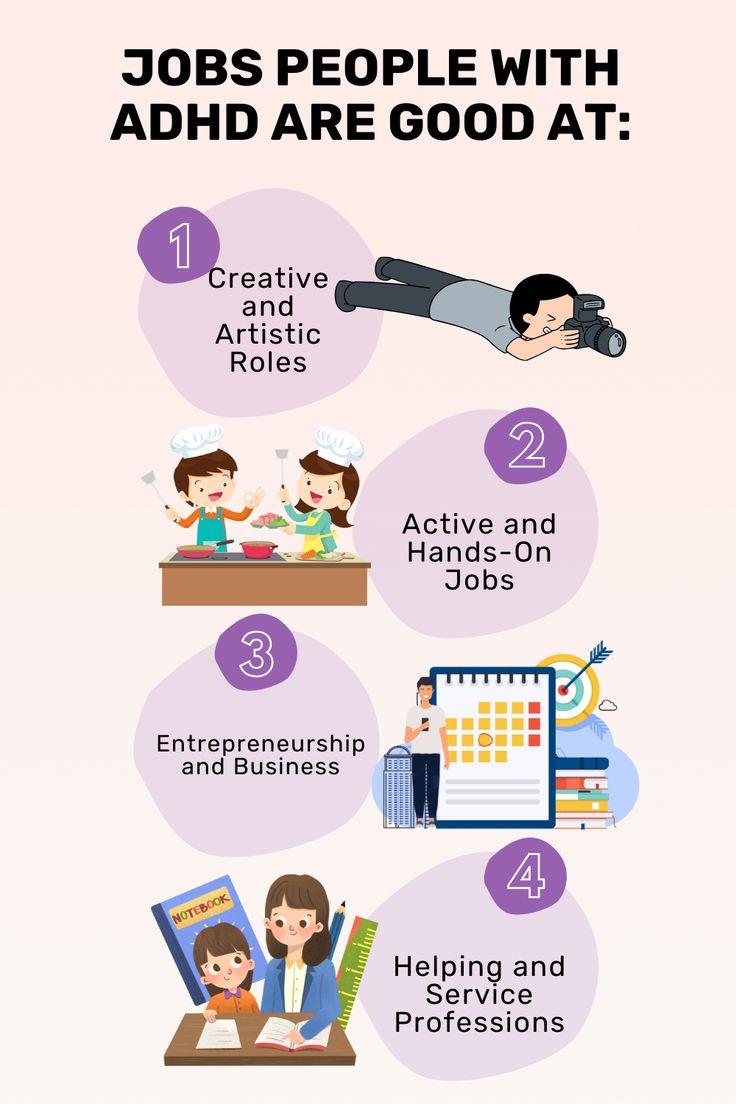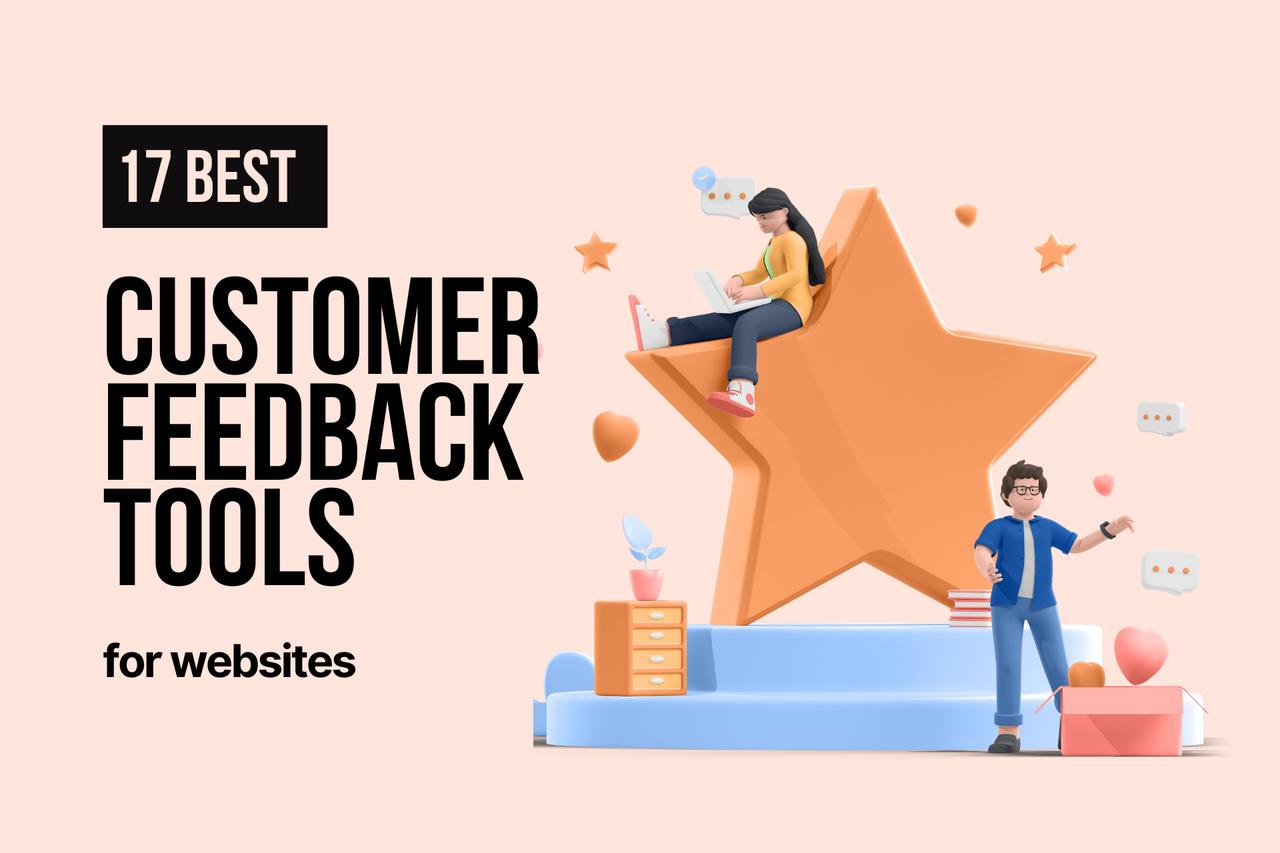
Unlocking Revenue Potential: The Power of Upselling and Cross-Selling
Picture this: you’re at your favorite coffee shop, and as you order your usual latte, the barista suggests adding a delightful pastry to your order. Or imagine browsing online for a new smartphone, only to be prompted to consider a high-quality case and screen protector alongside it. What’s happening here? Welcome to the world of upselling and cross-selling! These two strategies are not just clever sales tactics; they’re powerful tools that can elevate your business and enhance customer satisfaction when used effectively. In this article, we’ll break down the key differences between upselling and cross-selling, complete with relatable examples to help you grasp their unique benefits. So, whether you’re a budding entrepreneur or a seasoned marketer, let’s dive in and discover how mastering these techniques can lead to increased sales and happier customers!
Understanding Upselling and Cross-Selling and Why They Matter
When we talk about enhancing sales strategies, understanding the nuances between upselling and cross-selling is crucial. Both techniques aim to increase the value of a sale, but they approach it from different angles. Upselling focuses on persuading the customer to purchase a higher-end product or service. In contrast, cross-selling suggests related or complementary items to enhance the customer’s overall experience.
Let’s break down these two strategies:
- Upselling is like a friendly nudge toward a better option. For example, when you’re at a restaurant, and the waiter suggests the chef’s special instead of your usual order, that’s upselling in action.
- Cross-selling is about building a more complete experience. It’s similar to when you buy a new phone, and the salesperson suggests a case and screen protector to go along with it.
Why do these strategies matter? The answer lies in their potential to boost revenue and enhance customer satisfaction. By implementing upselling techniques, businesses can significantly increase their average order value. Customers often appreciate being presented with options that better meet their needs, leading to higher satisfaction and loyalty.
On the other hand, cross-selling enhances the customer journey by introducing them to products they may not have considered but genuinely need. This not only increases sales but also fosters a sense of trust between the customer and the brand. When a business understands its customers well enough to recommend relevant products, it builds a relationship that can last for years.
| Strategy | Definition | Example |
|---|---|---|
| Upselling | Encouraging the purchase of a more expensive item | Suggesting a premium subscription instead of a basic one |
| Cross-selling | Recommending additional products that complement the main purchase | Offering a warranty with an electronic device purchase |
To put these strategies to work effectively, businesses should train their teams to recognize moments when upselling and cross-selling can be most beneficial. Ideally, customers should feel that these suggestions are tailored to their individual needs rather than an aggressive sales tactic. Transparency and genuine engagement go a long way in making customers feel valued.
mastering upselling and cross-selling strategies not only drives revenue but also enhances the overall customer experience. When customers feel understood and valued, they are more likely to return, creating a cycle of loyalty and increasing lifetime customer value. So, whether you’re a small business owner or part of a large corporation, embracing these sales techniques can lead to substantial growth and success.
The Core Differences Between Upselling and Cross-Selling
When it comes to enhancing sales, understanding the nuances between upselling and cross-selling can significantly impact your bottom line. While both strategies aim to boost revenue, they do so in different ways, catering to distinct customer needs and preferences.
Upselling is the technique of persuading customers to purchase a more expensive version of a product or service they are already considering. Think of it as encouraging them to upgrade or enhance their choice. For example, if a customer is looking to buy a basic smartphone, suggesting a premium model with additional features—like improved camera quality or extra storage—exemplifies upselling. This method not only increases the average transaction value but also improves customer satisfaction by providing them with a better product that meets their needs more effectively.
On the other hand, cross-selling involves offering customers related or complementary products to enhance their overall purchase experience. This strategy is about expanding the customer’s cart rather than changing the product they initially wanted. For instance, if someone is buying a new laptop, recommending a protective case or additional software would be an excellent example of cross-selling. This approach can lead to increased sales volume and greater customer loyalty, as customers appreciate when brands provide them with solutions that enhance their overall purchase.
Here’s a quick comparison to illustrate:
| Aspect | Upselling | Cross-Selling |
|---|---|---|
| Objective | Encourage a more expensive purchase | Suggest complementary products |
| Customer Focus | Enhance the current choice | Broaden the shopping experience |
| Example | Upgrading to a premium camera | Buying a camera with additional lenses |
Both techniques can be effectively implemented in various industries. For instance, the hospitality sector often uses upselling by offering upgraded room options at hotels, while airlines may promote additional baggage or meal plans during the booking process. Cross-selling is prevalent in retail, where customers purchasing clothing might be prompted to buy accessories or shoes to complete their outfit.
while upselling and cross-selling might seem similar at first glance, they serve unique roles in the customer buying journey. By mastering both strategies, businesses can not only optimize their sales but also create a more tailored and satisfying shopping experience for their customers.

How Upselling Enhances Customer Experience
Upselling is often seen purely as a sales tactic, but when done right, it can significantly enhance the customer experience. By understanding customer needs and preferences, businesses can introduce additional products or services that genuinely add value. This approach not only boosts sales but also fosters a more personalized shopping experience for customers.
When you upsell, you’re essentially offering customers options that align with their interests or enhance their current selections. Here are a few ways it enhances customer experience:
- Personalization: Customers appreciate when businesses understand their preferences. Tailored suggestions make them feel valued and understood.
- Informed Choices: By presenting relevant upgrades or add-ons, customers can make informed decisions that improve their overall satisfaction.
- Value Addition: Upselling can highlight features or products that customers may not have considered, enriching their shopping experience.
- Convenience: Offering complementary products saves customers time and effort, allowing them to find everything they need in one place.
Consider the example of a customer purchasing a laptop. A simple upsell could be suggesting a premium warranty or software that enhances the laptop’s functionality. This not only serves the customer’s immediate needs but also positions the business as a trusted advisor rather than just a seller.
Furthermore, upselling can create a sense of exclusivity. For example, offering a limited edition version of a product can make customers feel special and increase their attachment to the purchase. Businesses can leverage this by creating special packages that enhance the perceived value without being overly aggressive in their sales approach.
To illustrate how upselling works in practice, let’s look at a simple table showcasing common upselling scenarios:
| Product | Upsell Suggestion | Benefit to Customer |
|---|---|---|
| Smartphone | Higher storage model | More space for apps and photos |
| Gym Membership | Personal training sessions | Tailored workouts for better results |
| Airline Ticket | Upgraded seating class | More comfort and amenities during travel |
Ultimately, when businesses approach upselling with the intention to improve the customer experience, it transforms the interaction into a mutually beneficial scenario. Customers walk away feeling they made the best choice, while businesses enjoy increased sales and customer loyalty. It’s a win-win strategy that strengthens the relationship between customer and brand.
Examples of Effective Upselling Strategies
When it comes to boosting sales, implementing effective upselling strategies can significantly enhance the customer experience while increasing your revenue. Here are some encapsulating approaches that can help you master the art of upselling:
- Personalized Recommendations: Tailor your suggestions based on the customer’s past purchases or browsing history. For instance, if a customer buys a camera, recommend a high-quality lens or a protective case. This not only increases the average order value but also shows that you understand their needs.
- Use Scarcity and Urgency: Highlight limited-time offers or low stock availability. Phrases like “Only 2 left in stock!” or “Sale ends in 24 hours!” can create a sense of urgency, encouraging customers to make a quicker decision.
- Bundle Products: Offer related items as a bundle at a discounted price. For example, if a customer is purchasing a laptop, suggest a package that includes a laptop bag, mouse, and software at a discounted rate. This not only boosts sales but also provides more value to the customer.
- Highlight Benefits: Clearly articulate the benefits of upgrading or purchasing an additional item. For example, instead of just offering a premium subscription, explain how it includes exclusive features that enhance the user experience.
- Incorporate Visuals: Use engaging images and videos to demonstrate the value of the upsell. Visual content can help customers visualize the product in use, making them more likely to consider the upgrade.
To illustrate some of these strategies in action, here’s a simple comparison table showcasing effective upselling examples:
| Scenario | Upsell Strategy | Expected Outcome |
|---|---|---|
| Online Apparel Store | Suggest a matching accessory when a customer adds an outfit to the cart. | Increased cart value and enhanced customer satisfaction. |
| Restaurant | Offer a premium drink or dessert with a meal order. | Higher average meal price and improved dining experience. |
| Software Subscription | Encourage a higher tier subscription with additional features. | Increased monthly recurring revenue. |
Another effective strategy is to train your sales team in the art of upselling. Equip them with the knowledge of products and how they complement each other. When your staff confidently suggests upgrades or additional purchases, customers are more likely to respond positively.
remember to always analyze the results of your upselling strategies. Use A/B testing to determine which approaches work best for your target audience and refine your tactics accordingly. A keen understanding of customer behavior will empower you to create compelling upselling opportunities that resonate with your audience.
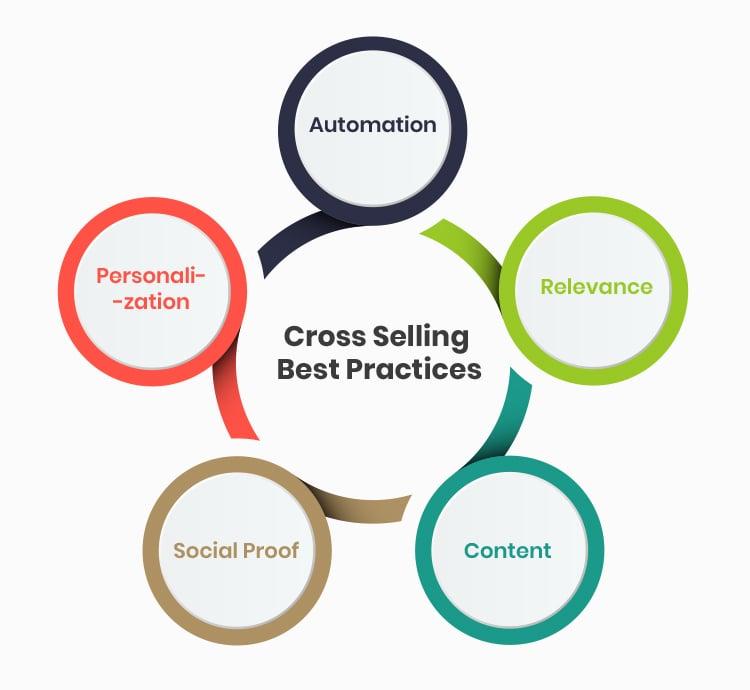
Cross-Selling: The Art of Suggesting Complementary Products
Cross-selling is a powerful technique that encourages customers to explore additional products that complement their original purchase. This strategy not only enhances customer satisfaction but also increases the average order value, making it a win-win for both businesses and shoppers.
Imagine a customer buying a new smartphone. Instead of just completing the sale, a savvy salesperson might suggest:
- A protective case to keep the phone safe.
- Screen protectors to prevent scratches.
- Wireless earbuds for an enhanced audio experience.
These suggestions not only make the customer’s purchase more enjoyable but also ensure they have everything they need from the get-go. The beauty of cross-selling lies in its ability to create a seamless shopping experience, where customers feel catered to rather than pressured.
Effective cross-selling requires understanding your customer’s needs and preferences. This can be achieved through:
- Data analysis – Reviewing purchasing habits can highlight which products frequently sell together.
- Customer feedback – Engaging with customers can reveal what additional items they would find helpful.
- Personalization – Tailoring suggestions based on previous purchases can significantly enhance the shopping experience.
Visual aids can also play a key role in effective cross-selling. Consider using tables to clearly show complementary products. Here’s a simple example:
| Product | Complementary Products |
|---|---|
| Camera | Tripod, Extra Lens, Camera Bag |
| Laptop | Mouse, Laptop Stand, External Hard Drive |
| Fitness Tracker | Wireless Earbuds, Sports Armband, Replacement Bands |
When suggesting complementary products, it’s essential to communicate the value they provide. Highlight how these additional items can enhance the primary product’s functionality or user experience. For instance, explaining that a camera lens can dramatically improve photo quality makes the suggestion more appealing.
remember that cross-selling is not just about increasing sales; it’s about building a relationship with your customers. By genuinely recommending products that enhance their experience, you foster trust and loyalty, leading to long-term business success. Ultimately, when customers feel understood and valued, they are more likely to return and spread the word about their positive shopping experiences.
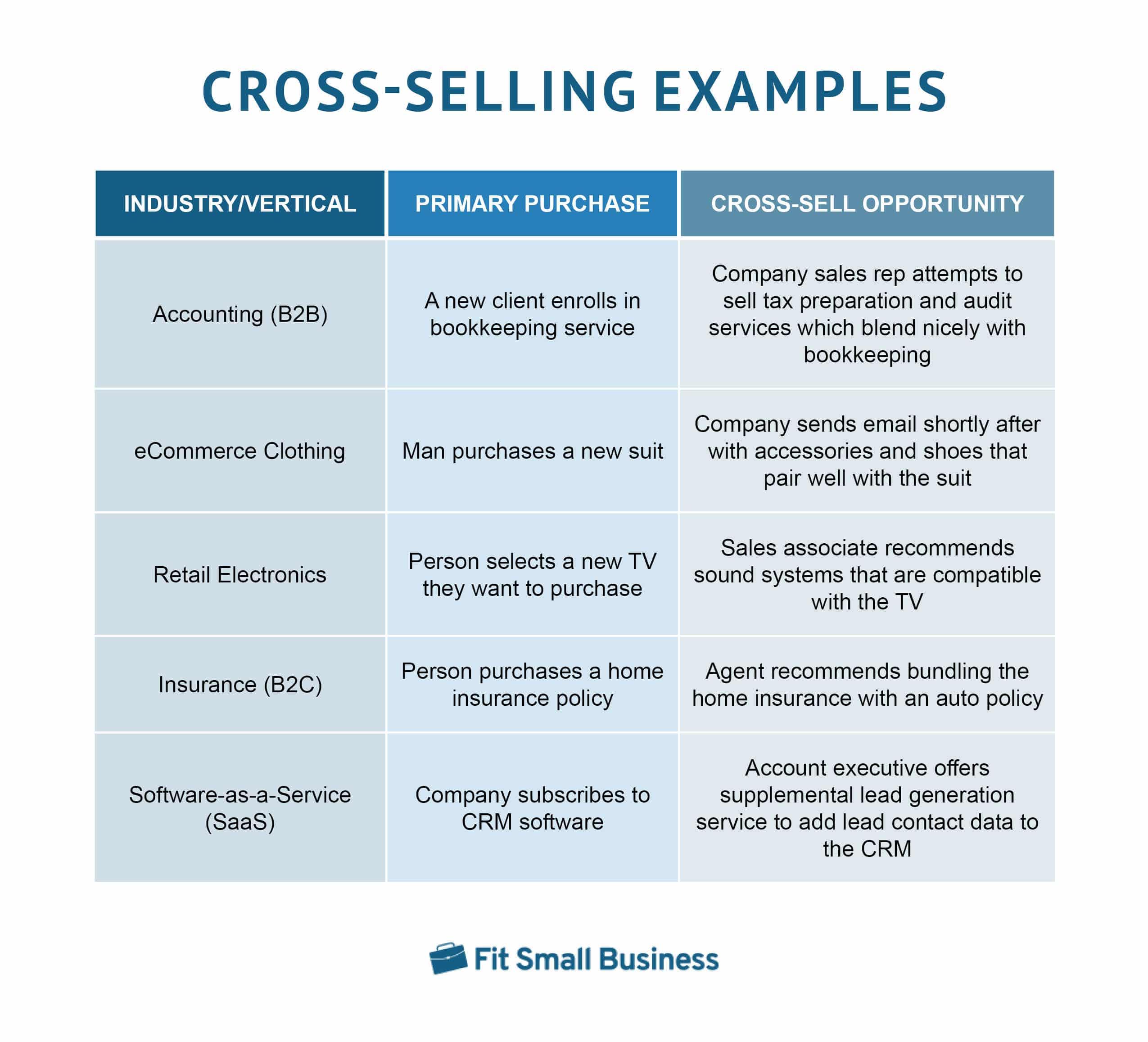
Real-World Examples of Successful Cross-Selling
Cross-selling has proven to be a powerful strategy for businesses across various industries. Let’s take a look at some real-world examples that showcase how effective cross-selling can enhance customer experience while boosting sales.
1. Amazon: One of the giants in e-commerce, Amazon excels at cross-selling through its “Frequently Bought Together” feature. When a customer views a product, they are presented with complementary items. For instance, if you’re buying a camera, you might see suggestions for camera bags, memory cards, and tripods. This not only enhances the shopping experience but also increases the average order value.
2. Starbucks: At Starbucks, baristas are trained to suggest additional items when a customer orders a drink. If you order a latte, the barista might recommend adding a pastry or sandwich. This personal touch not only boosts sales but also creates a more satisfying visit for the customer, making them more likely to return.
3. Netflix: Netflix uses sophisticated algorithms to suggest movies and shows based on your previous viewing habits. When you finish watching a series, you’re presented with a list of shows that feature similar genres or themes. This cross-selling strategy keeps viewers engaged and encourages them to explore more content, reducing churn rates.
4. Clothing Retailers: Many clothing retailers like Zara and H&M use cross-selling tactics by showcasing outfits together. When a customer picks a dress, they might see recommendations for shoes and accessories that match. This visual merchandising approach makes it easy for customers to envision complete looks, encouraging them to purchase more items.
| Brand | Cross-Selling Strategy | Result |
|---|---|---|
| Amazon | “Frequently Bought Together” suggestions | Increased average order value |
| Starbucks | Personalized item recommendations | Enhanced customer experience |
| Netflix | Algorithm-driven content suggestions | Reduced churn rates |
| Zara | Outfit combinations displayed together | Higher item sales |
5. Travel Companies: Companies like Expedia often bundle flights, hotels, and car rentals as a package. This not only simplifies the booking process for travelers but also encourages them to purchase additional services. When clients see the estimated savings from booking bundled services, they are more likely to opt for the entire package rather than individual components.
6. Software Providers: SaaS companies like Microsoft and Adobe frequently cross-sell. For instance, when purchasing Microsoft Office, customers are often offered OneDrive storage or Microsoft Teams subscriptions. This strategy helps customers enhance their productivity while simultaneously increasing the company’s revenue streams.
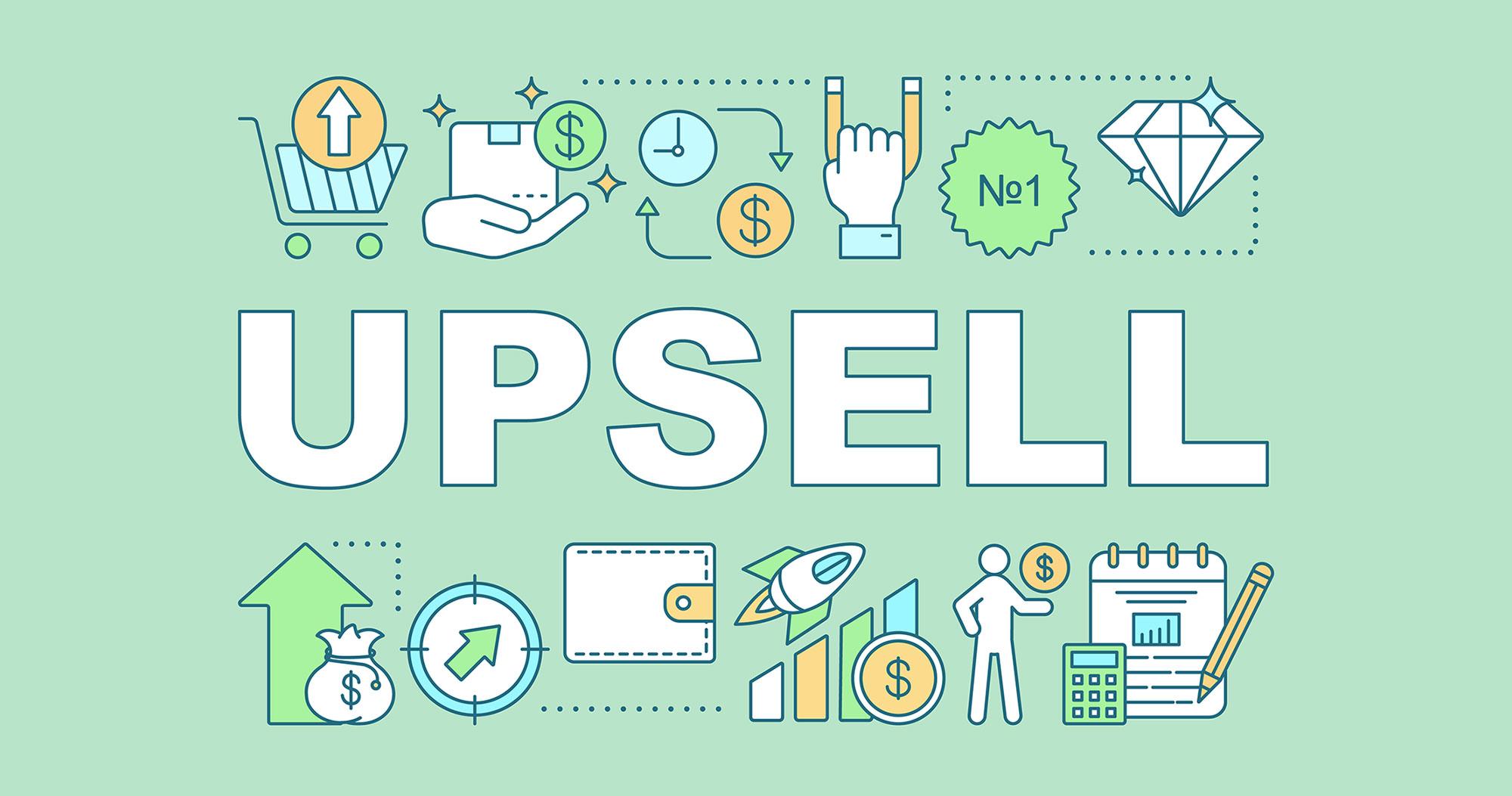
When to Use Upselling vs. Cross-Selling
Understanding when to implement upselling versus cross-selling is crucial for maximizing the potential of your sales strategy. Both techniques aim to increase the average order value, but they do so in different ways, tailored to different customer needs and contexts.
Upselling is all about encouraging customers to purchase a more expensive version of a product they’re already considering. This method shines in scenarios where customers are looking for premium features or enhanced experiences. Here are some ideal situations for upselling:
- Product Comparisons: When a customer is comparing multiple options, highlighting the benefits of the higher-priced item can be impactful.
- Complementary Services: If a service comes with an upgraded tier or add-ons that enhance the user experience, it’s the perfect time to suggest the upsell.
- Customer Loyalty: Returning customers are often more receptive to upsells due to their established trust in your brand.
On the other hand, cross-selling encourages customers to add complementary products to their purchase. This strategy works well when customers are already in a buying mindset. Here’s when you should consider cross-selling:
- Bundle Deals: If you have products that naturally go together, offering a bundle can enhance value for the customer.
- Checkout Suggestions: During the checkout process, suggesting related items can lead to higher conversion rates.
- New Customers: First-time buyers may appreciate guidance on what else to purchase, enhancing their overall experience.
It’s important to note that upselling and cross-selling can be used together effectively. For example, if a customer is purchasing a laptop (potential for upselling to a higher model), you could also suggest a laptop case or software (cross-selling) to enhance their overall experience. This multi-faceted approach can create a seamless shopping experience and increase total sales.
To make an informed choice between these strategies, consider the customer journey and their purchasing behavior:
| Stage in Journey | Best Approach |
|---|---|
| Researching | Upselling |
| Deciding | Cross-selling |
| Checkout | Cross-selling |
| Post-Purchase | Upselling (for future purchases) |
Ultimately, both upselling and cross-selling are valuable tools in your sales arsenal. By understanding when and how to use each strategy, you can create a more engaging shopping experience that not only meets customer needs but also drives your business growth. Tailoring your approach based on your audience and their specific needs will lead to long-term customer relationships and increased revenue.
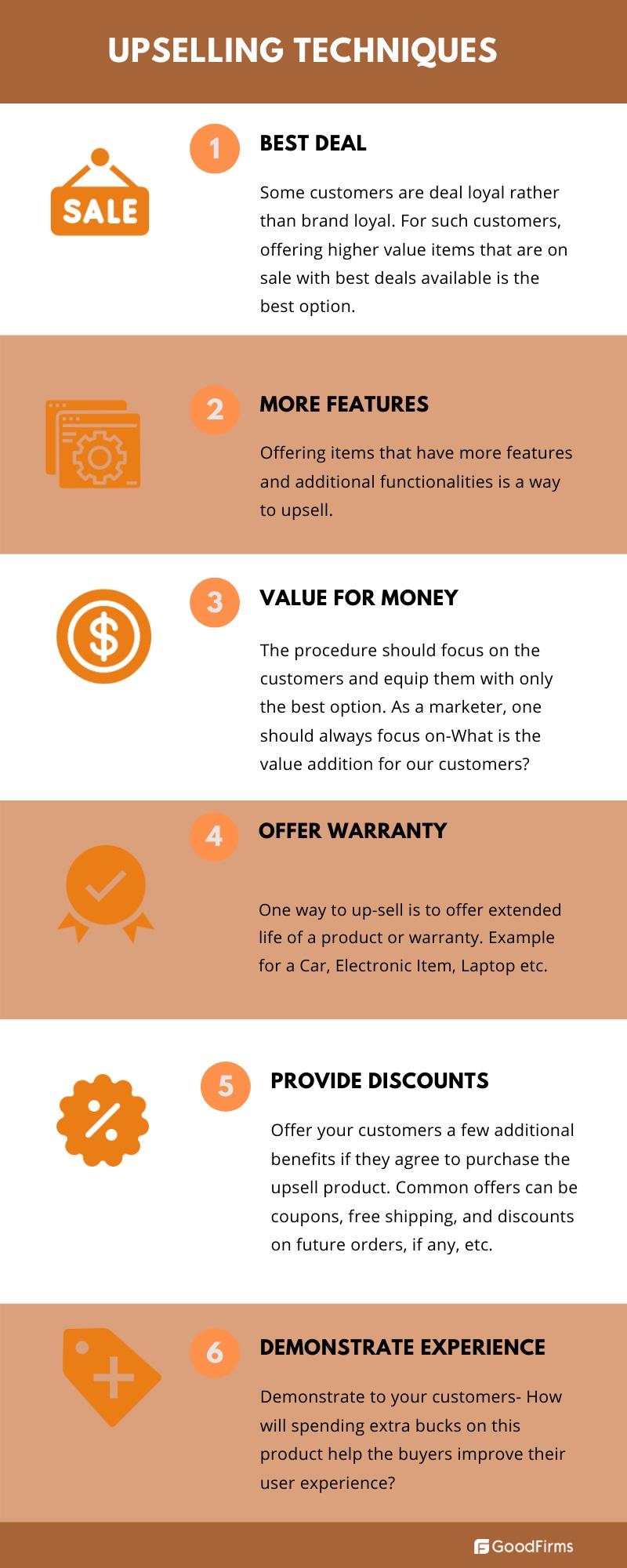
Best Practices for Implementing Upselling Techniques
Implementing upselling techniques effectively can significantly boost your sales and enhance customer satisfaction. Here are some best practices to keep in mind:
- Know Your Customers: Understanding your customers’ preferences and buying behavior is key. Use data analytics to identify purchasing patterns and tailor your upsell offers accordingly.
- Make Relevant Suggestions: Ensure that your upsell options are relevant to the initial purchase. For example, if a customer is buying a camera, suggest a lens or a protective case that complements their choice.
- Focus on Value: Emphasize the added value that comes with the upsell. Clearly communicate how the additional product enhances their experience or solves a problem.
- Use Visuals Wisely: Employ high-quality images and videos to showcase upsell products. Visual appeal can make a significant difference in persuading customers to consider additional purchases.
- Timing is Everything: Choose the right moment to present your upsell offer. Timing it during the checkout process or after a purchase can effectively capture the customer’s interest.
Another effective strategy is to leverage social proof. Highlight customer reviews or ratings of the upsell products to build trust and credibility. When potential buyers see that others have had positive experiences, they are more likely to consider the upsell.
| Upsell Technique | Description |
|---|---|
| Bundling | Offer related products together at a discounted rate to sweeten the deal. |
| Personalization | Customize upsell offers based on individual customer data and preferences. |
| Customer Loyalty Programs | Incentivize upsells through points or rewards that encourage repeat purchases. |
Don’t forget to train your staff on upselling techniques. Whether it’s a physical store or an online platform, having your team well-versed in the art of upselling can create a seamless experience for the customer.
Lastly, keep track of the performance of your upselling strategies. Regularly analyze the data to identify which techniques work best and refine your approach accordingly. Continuous improvement will help in maximizing your upselling potential.
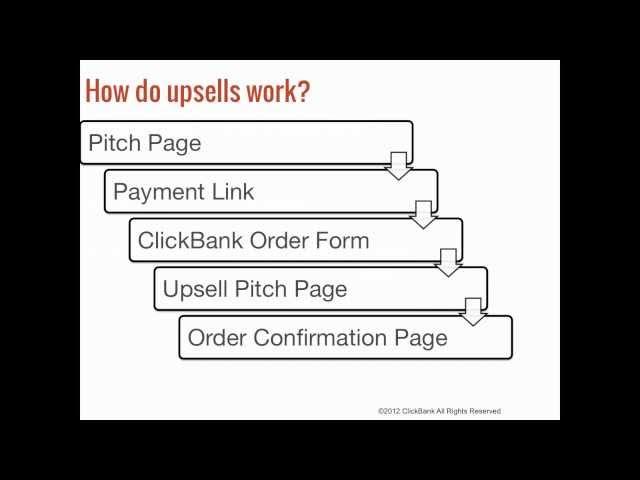
Crafting the Perfect Upsell Pitch
When it comes to upselling, the key is not just to increase the average order value, but to genuinely enhance the customer experience. requires understanding your customer’s needs and seamlessly integrating your suggestions into the conversation. Here are some essential elements to consider:
- Know Your Audience: Tailor your pitch based on the customer’s previous interactions, preferences, and purchase history. A personalized touch can significantly increase the likelihood of a successful upsell.
- Highlight Benefits: Clearly communicate how the additional product or service can solve a problem or enhance their experience. Focus on the value it adds rather than just the price.
- Use Engaging Language: Be enthusiastic and confident in your suggestions. Phrases like “you won’t want to miss this!” or “this complements your choice perfectly!” can create excitement.
- Provide Evidence: Use testimonials, reviews, or statistics to back up your recommendations. Showing that others have benefited from the upsell can alleviate hesitations.
Another effective strategy is to create a sense of urgency. If customers believe that a special offer is time-sensitive, they may be more inclined to take action. Here are a few ways to instill urgency:
- Limited-Time Offers: Promote a special discount or bonus that only lasts for a short period.
- Scarcity Tactics: Indicate that stock is limited or that a popular item is selling fast, prompting customers to act quickly.
Additionally, consider the timing of your upsell pitch. It’s often most effective when made at strategic points in the customer journey, such as:
- During the checkout process, when customers are already committed to making a purchase.
- After a purchase has been made, suggesting complementary products that enhance their new acquisition.
- In follow-up communications, like thank-you emails, where you can introduce additional offers based on their recent purchase.
always remember that upselling should feel like a natural extension of the customer’s buying experience. If it feels forced or pushy, it can lead to frustration rather than satisfaction. Aim to cultivate a relationship where the customer feels valued, understood, and eager to explore more of what you offer.
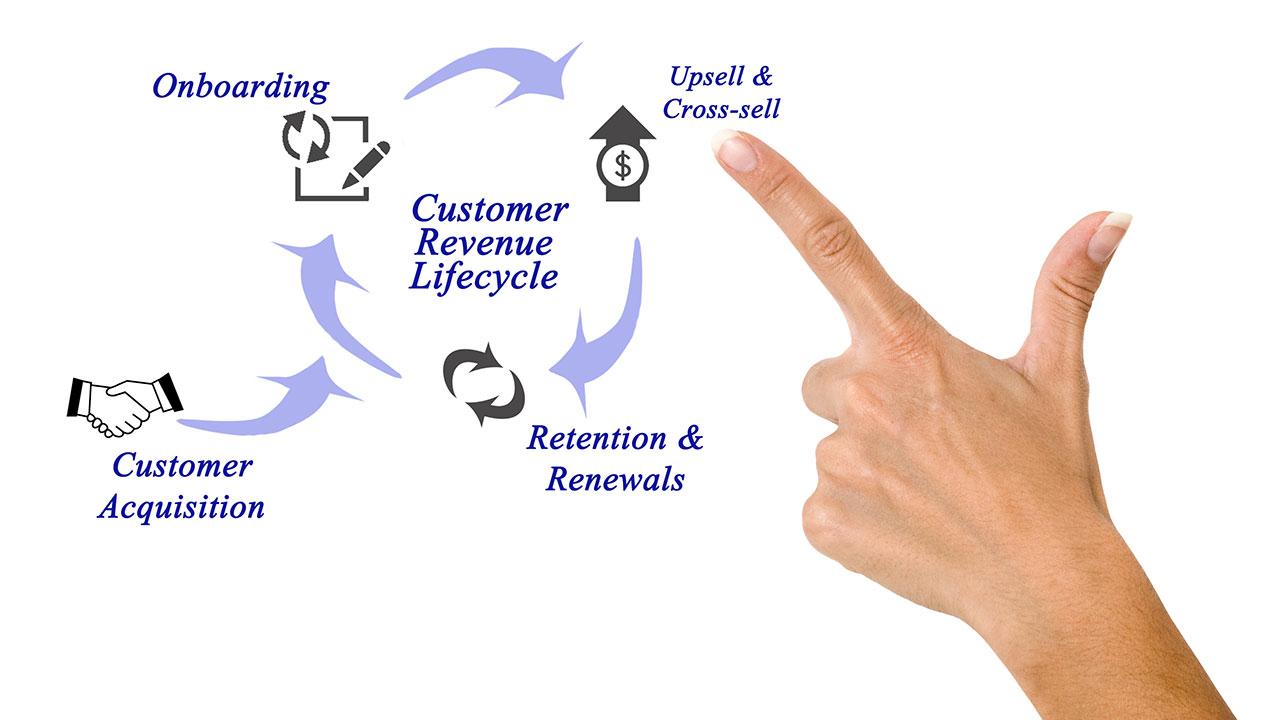
Leveraging Data to Drive Upselling and Cross-Selling Efforts
In today’s competitive market, harnessing the power of data is crucial for effectively implementing upselling and cross-selling strategies. By understanding customer behavior and preferences, businesses can tailor their approaches to increase sales and enhance customer satisfaction. Here’s how you can use data to supercharge your efforts.
Identify Customer Segments
Data analytics allows businesses to segment their customer base based on various criteria, such as purchasing history, demographics, and behavior patterns. By categorizing your audience, you can:
- Target specific customer groups with relevant upsell and cross-sell offers.
- Analyze which segments respond best to certain products or promotions.
- Customize messaging to resonate with different segments.
Leverage Purchase History
Understanding what customers have previously bought can provide invaluable insights into what they might want next. Analyzing purchase history enables businesses to:
- Identify complementary products that can be effectively cross-sold.
- Highlight premium versions of previously purchased items for upselling.
- Create personalized recommendations that enhance customer experience.
Utilize Predictive Analytics
Predictive analytics takes customer data a step further by forecasting future behavior. By employing this technique, businesses can:
- Anticipate customer needs and preferences.
- Develop targeted marketing campaigns that address potential buying moments.
- Optimize inventory based on expected demand for upsell and cross-sell products.
Monitor Customer Engagement
Tracking how customers engage with your brand across multiple channels can provide deeper insights into their buying journey. By analyzing engagement metrics, you can:
- Determine which touchpoints are most effective for upselling and cross-selling.
- Refine your strategies based on what drives conversions.
- Adapt your offerings in real-time to match customer interests.
Test and Refine Offers
The beauty of data is that it allows for continuous improvement. By A/B testing different upsell and cross-sell offers, you can:
- Gauge customer responses to various promotions.
- Identify which strategies yield the highest conversion rates.
- Make data-driven decisions to enhance future offers.
Example of Data-Driven Upselling and Cross-Selling
Consider an e-commerce platform that uses data analytics to track customer purchases. When a customer buys a camera, the platform can recommend:
| Product | Type | Reason for Suggestion |
|---|---|---|
| Camera Lens | Cross-Sell | Enhances the photography experience. |
| Camera Bag | Cross-Sell | Protects the camera during transport. |
| Premium Camera Model | Upsell | Offers advanced features for serious photographers. |
By leveraging data effectively, businesses can not only drive more sales but also create a personalized shopping experience that keeps customers coming back. Embracing these data-driven strategies ensures that upselling and cross-selling efforts are not just effective, but also meaningful.
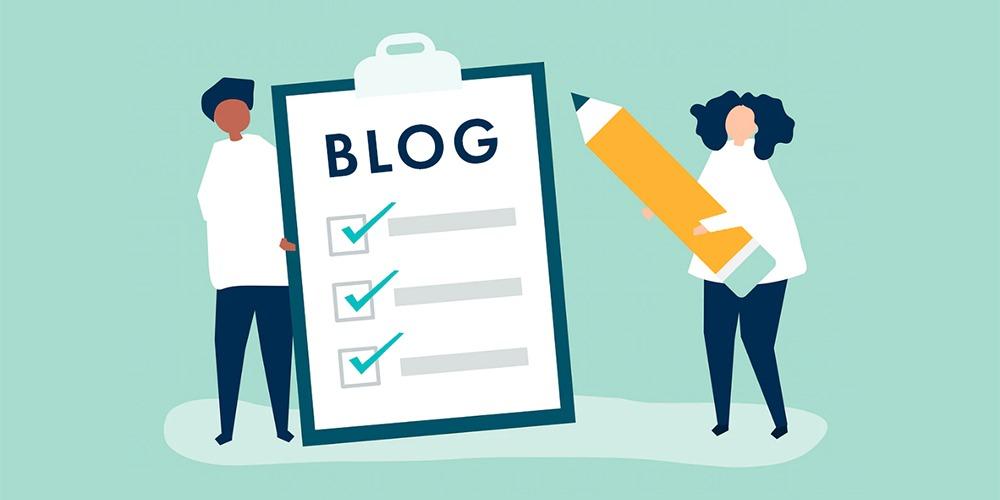
Common Mistakes to Avoid in Upselling and Cross-Selling
When it comes to upselling and cross-selling, it’s easy to fall into traps that can turn customers off instead of enticing them to make a purchase. Here are some common pitfalls to steer clear of:
- Being Too Pushy: Customers can sense when they’re being pressured. Instead of aggressively pushing a product, focus on how it adds value to their purchase.
- Lack of Personalization: A one-size-fits-all approach rarely resonates. Tailor recommendations based on customer behavior and preferences to enhance their experience.
- Overwhelming Choices: Presenting too many options can lead to decision fatigue. Limit your suggestions to two or three high-quality alternatives that complement the initial choice.
- Ignoring Timing: The timing of your upsell or cross-sell is crucial. Avoid interrupting the buying process; instead, present options after the customer has made a commitment.
- Neglecting Product Knowledge: Ensure that your staff is well-informed about the products they’re recommending. A lack of knowledge can lead to mistrust and missed opportunities.
Additionally, it’s vital to stay transparent. Customers appreciate honesty, and revealing the benefits and potential downsides of an add-on can help build trust. Consider these strategies:
| Strategy | Description |
|---|---|
| Highlight Benefits | Show how the additional product enhances their initial purchase. |
| Use Testimonials | Share positive experiences from other customers to validate your recommendations. |
| Follow-Up Offers | Consider sending follow-up emails with personalized recommendations based on previous purchases. |
Moreover, don’t forget to respect your customers’ time. Quick and efficient interactions are key. If they feel their time is being wasted, they are likely to abandon the buying process altogether. Keep your communication concise and relevant, ensuring every interaction adds value.
Lastly, always measure your results. Analyze your upselling and cross-selling strategies through metrics such as conversion rates and average order value. This will help you identify what works and what doesn’t. Adjust your tactics accordingly to continually improve your approach.
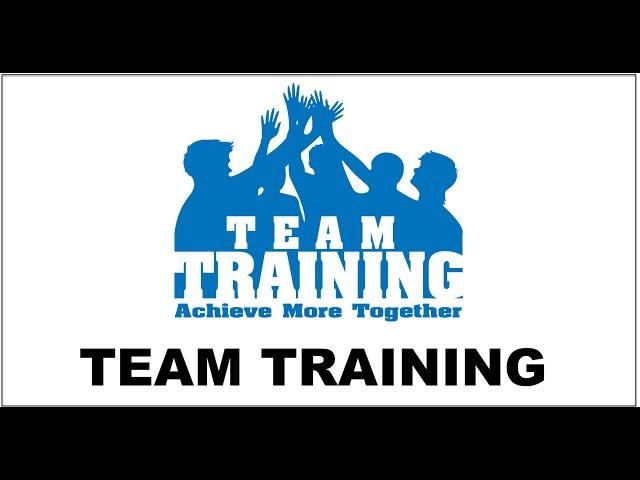
How to Train Your Team for Success in Upselling and Cross-Selling
Training your team to excel in upselling and cross-selling is crucial for maximizing sales and enhancing customer satisfaction. A well-prepared sales team can effectively identify opportunities and guide customers toward products that truly meet their needs. Here’s how you can empower your team to succeed.
First, it’s essential to understand your products and services. Equip your team with in-depth knowledge about your offerings, including benefits, features, and how they compare to competitors. This knowledge allows them to confidently recommend complementary products. Make training sessions interactive by:
- Hosting product demonstrations.
- Encouraging team members to share their experiences with products.
- Creating easy-to-reference product guides.
Next, focus on customer psychology. Teaching your team the basics of how customers think can significantly improve their upselling and cross-selling techniques. Emphasize the importance of building meaningful relationships with customers. Key strategies include:
- Listening actively to customer needs.
- Asking open-ended questions that encourage dialogue.
- Offering solutions rather than just pushing products.
Incorporate role-playing exercises into your training regimen. These sessions allow your team to practice real-life scenarios in a safe environment. For instance:
| Scenario | Upselling Technique | Cross-Selling Technique |
|---|---|---|
| Customer buys a laptop | Suggest higher-spec model | Offer accessories like a bag or software |
| Customer orders pizza | Recommend premium toppings | Suggest a dessert or drink |
Feedback is another critical component of training. Regularly review performance and provide constructive feedback. Encourage team members to share their successes and challenges. This can foster a culture of continuous improvement. Implement a system for tracking upselling and cross-selling success rates, which can help identify areas for further training.
celebrate success. Recognize team members who excel in upselling and cross-selling. This can motivate the entire team to strive for similar achievements. Consider implementing:
- Incentive programs that reward top performers.
- Monthly team meetings to showcase successful strategies.
- A friendly competition to boost engagement.
By investing in training and development, you can build a skilled team that is not only adept at upselling and cross-selling but also passionate about delivering exceptional customer experiences. The rewards will manifest in increased sales and loyal, satisfied customers.
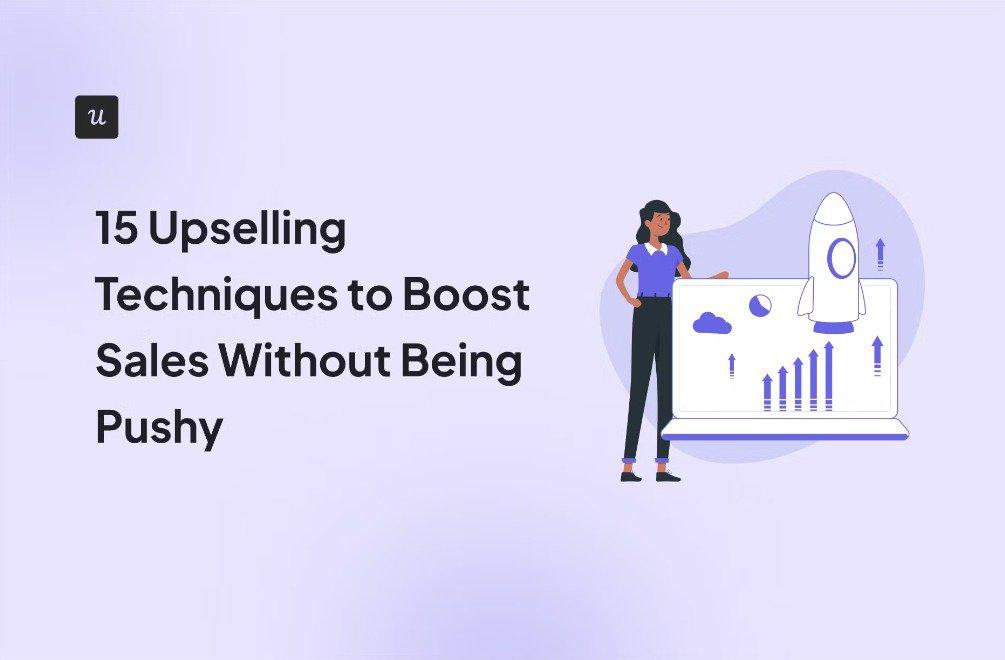
Measuring the Impact of Your Upselling and Cross-Selling Strategies
To effectively measure the impact of your upselling and cross-selling strategies, it’s essential to establish clear metrics that align with your business goals. Start by analyzing the conversion rates for each strategy. This means tracking how many customers who were presented with upsell or cross-sell offers went on to make additional purchases. A higher conversion rate indicates that your strategies resonate well with your audience.
Next, focus on the average order value (AOV). By calculating AOV before and after implementing your strategies, you can ascertain whether your efforts are successfully increasing the amount customers spend per transaction. A notable increase in AOV post-implementation could signal that your upselling and cross-selling tactics are effective.
In addition to AOV, monitoring the customer lifetime value (CLV) is crucial. This metric helps you understand the long-term impact of your sales strategies. A rise in CLV after integrating upselling and cross-selling approaches suggests that not only are you boosting immediate sales, but you are also fostering loyalty and repeat purchases among customers.
Utilizing customer feedback and satisfaction surveys can also provide valuable insights. Ask customers about their experiences with upselling and cross-selling. Positive feedback can affirm that your strategies enhance the shopping experience, while constructive criticism can guide you in refining your approach.
It’s beneficial to segment your data to understand which demographic or customer type responds best to your strategies. For instance, certain upsell offers may appeal more to first-time buyers, while established customers might prefer cross-selling options. By categorizing your audience, you can tailor your approaches to maximize effectiveness.
| Metric | Before Strategy | After Strategy |
|---|---|---|
| Conversion Rate | 10% | 15% |
| Average Order Value | $50 | $70 |
| Customer Lifetime Value | $300 | $450 |
Lastly, consider the impact on your overall sales volume. Track the total revenue generated from upselling and cross-selling separately to see how these methods contribute to your bottom line. If these strategies lead to a significant rise in revenue, it’s a clear indicator that they are worth continuing and refining.
By taking a multi-faceted approach to measurement, you can gather comprehensive insights into how your upselling and cross-selling strategies are performing. With the right data, you can make informed decisions to enhance your sales tactics and ultimately drive better results for your business.

Conclusion: Maximizing Revenue Through Smart Sales Techniques
In today’s competitive market, mastering upselling and cross-selling can be the key to unlocking significant revenue streams for businesses of all sizes. While both techniques aim to increase the average order value, they do so through different strategies that cater to unique customer needs. Understanding these distinctions can empower sales teams to leverage them effectively.
Upselling is about enhancing the value of a purchase. It encourages customers to opt for a higher-end product or service that offers greater benefits. For instance:
- In the tech industry, a salesperson might suggest upgrading a laptop with more RAM or a larger hard drive.
- In a restaurant, a server could recommend a premium wine to accompany a meal.
On the other hand, cross-selling focuses on complementing the initial purchase with additional items. This technique helps customers see the overall value of accessorizing or enhancing their main purchase. For example:
- When buying a camera, a retailer might suggest purchasing a lens or a memory card.
- In the fashion world, a customer buying a dress might be shown matching jewelry or shoes.
Utilizing these sales techniques requires a thoughtful approach. Here are some strategies to consider:
- Know Your Customer: Tailoring recommendations based on customer preferences enhances the chances they’ll say yes.
- Timing is Key: Introduce upsell or cross-sell options at the right moment—usually when the customer is most engaged.
- Value Proposition: Clearly communicate the benefits of the suggested upgrades or additional items to reinforce the purchase decision.
To illustrate the effectiveness of these strategies, consider the following table showcasing potential revenue increases from upselling and cross-selling:
| Technique | Example | Potential Revenue Increase (%) |
|---|---|---|
| Upselling | Upgrading phone plans | 15-30% |
| Cross-Selling | Accessories with electronics | 10-20% |
Real-world success stories highlight how businesses have capitalized on these techniques. For example, Amazon’s recommendation algorithms are finely tuned to suggest related products, leading to a substantial increase in average order value. Similarly, fast-food chains often use combo meals to encourage upselling while cross-selling drinks and desserts.
The bottom line is that both upselling and cross-selling, when executed effectively, not only boost revenue but also enhance customer satisfaction. By providing customers with options that genuinely add value to their purchases, businesses can foster loyalty and encourage repeat business. It’s a win-win situation that every business should strive for.
Frequently Asked Questions (FAQ)
Q&A: Understanding Upselling and Cross-Selling
Q1: What exactly is upselling?
A: Upselling is the practice of encouraging customers to purchase a more expensive version of a product or service they’re considering. Think of it as a way to enhance their original choice. For example, if someone is looking at a basic smartphone, an upsell would be suggesting a premium model with better features.
Q2: And what about cross-selling? How does it differ?
A: Great question! Cross-selling is all about suggesting complementary products that go well with the customer’s original choice. For instance, if someone buys a new laptop, a cross-sell could be offering them a protective case or a software package. It’s about enhancing their overall experience with additional, related items.
Q3: Can you give me a real-world example of upselling?
A: Absolutely! Picture you’re at a coffee shop and order a regular latte. The barista might say, “Would you like to try our caramel latte instead? It’s just a dollar more and has a rich, delicious flavor.” That’s upselling in action—encouraging you to choose a higher-priced item that could elevate your coffee experience!
Q4: What’s a practical example of cross-selling?
A: Sure! Let’s say you’re shopping online for a new camera. After adding the camera to your cart, you might see a prompt saying, “Customers who bought this camera also purchased a memory card and a camera bag.” That’s cross-selling—helping you think of essential accessories that enhance your purchase.
Q5: Why should businesses care about upselling and cross-selling?
A: Upselling and cross-selling can significantly increase sales and customer satisfaction. When done right, they provide value to the customer by enhancing their purchase. Plus, they boost the average order value for businesses. It’s a win-win situation!
Q6: Are there any tips for successfully upselling or cross-selling?
A: Absolutely! Key tips include knowing your products well, understanding customer needs, and being genuinely helpful rather than pushy. Tailor your suggestions to the customer’s preferences and emphasize the benefits of the upgraded or additional items. Remember, it’s all about enhancing their experience!
Q7: What are some common mistakes to avoid in upselling and cross-selling?
A: One major mistake is being too aggressive. If a customer feels pressured, they may abandon their purchase altogether. Another mistake is suggesting irrelevant products that don’t align with what the customer wants. Always keep the focus on enhancing their experience, not just pushing for a sale.
Q8: In what industries do upselling and cross-selling work best?
A: These strategies can be effective in a variety of industries! Retail, hospitality, e-commerce, and even service-based businesses can benefit. The key is to understand your customer base and tailor your approach accordingly.
Q9: How can I implement these strategies in my business?
A: Start by training your staff on the principles of upselling and cross-selling. Use customer data to understand buying patterns and preferences. Incorporate these strategies into your marketing efforts, whether through personalized emails or on your website.
Q10: Any final thoughts on upselling and cross-selling?
A: Definitely! Both strategies, when executed thoughtfully, can not only drive revenue but also enhance customer loyalty. Focus on building genuine relationships and providing value, and you’ll see positive results. Happy selling!
In Summary
As we wrap up our deep dive into the world of upselling and cross-selling, it’s clear that both strategies hold the potential to supercharge your sales and enhance customer satisfaction. By understanding the nuances between the two, you can tailor your approach to meet your customers’ needs more effectively.
Remember, upselling is all about helping customers see the value in a higher-end product, while cross-selling encourages them to complement their purchases with related items. Mastering these techniques can transform one-time buyers into loyal advocates for your brand.
So, why not take these insights and put them into action? Start small—try introducing a few upsell and cross-sell opportunities in your next client interaction. You might be surprised by the results! With a little practice and a customer-first mindset, you’re well on your way to boosting your sales figures and creating a more engaging shopping experience.
Thank you for joining me on this journey through upselling and cross-selling. If you found this article helpful, don’t hesitate to share it with your network. Let’s all grow together in the art of sales!



